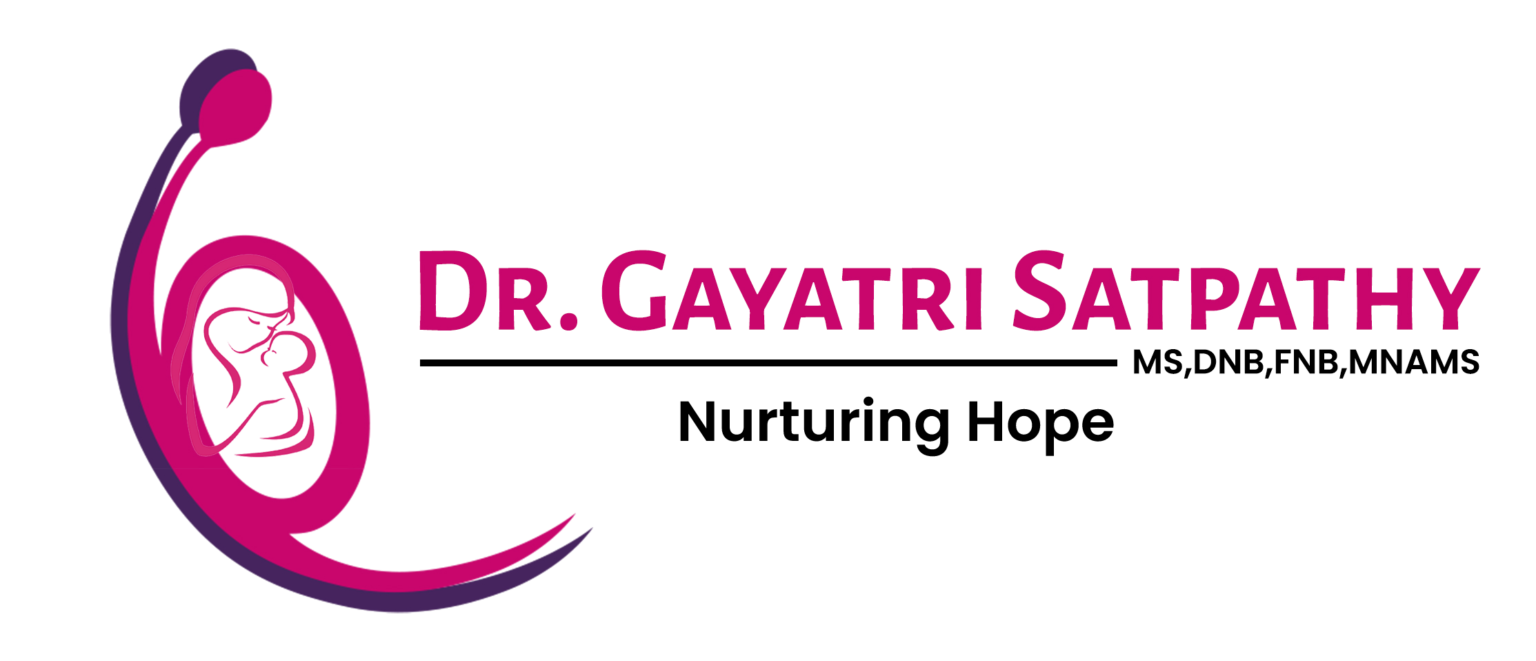IVF is one of the best forms of Assisted Reproductive Technology (ART) by which the woman’s eggs are removed from her ovaries and then fertilized with the male partner’s sperms in a laboratory dish. Following fertilsation embryos are formed. One or two embryos are transferred into the woma’s uterus and the rest of the embryos are preserved in the lab for future pregnancies.
Who are treated with IVF?
- Tubal factor infertility: tubal diseases like hydrosalpinx, following tubal sterilization, following both sides salpingectomy (surgical removal of fallopian tubes) for previous ectopic pregnancy.
- Multiple failed Ovulation induction and Intrauterine insemination (IUI).
- Severe male factor infertility (sperm count< 10 million/ml and <40% motility)
- Advanced maternal age
- Couples requiring donor oocytes
What are the steps of IVF treatment?
- Couple need to be evaluated with blood tests, ultrasound and semen analysis. Medical and surgical history is taken. Previous treatment cycles are studied. Depending on the couple’s history, ovarian reserve, female partner age and the semen analysis report personalized treatment plan is formulated.
- Stimulation of ovaries: Medications are given to the female partner to stimulate the ovaries to develop several follicles that contain the eggs. The response to the medications is monitored with the help of blood tests and ultrasound. Once the follicles reach a desired size an injection (trigger injection) is given to mature the eggs that are growing within the follicle.
- Egg Retrieval Procedure (Ovum pick-up) Matured eggs are removed from the ovaries trans-vaginally under General anaesthesia to reduce pain and discomfort. This takes about 15-20 minutes and patient is rested for 2-3 hours after which she can go home. Occasionally some patients may have some vaginal spotting and little abdominal discomfort which settles in a day or two.
- In Vitro Fertilization: A fresh semen sample is collected from the male partner on the day of egg collection (ovum pick-up). The semen sample is processed in the lab. Both the eggs and the sperms are kept together in the lab on a petridish in a controlled environment. The next day the eggs are examined in the lab for their fertilization and their further development to embryos.
- Embryo transfer This is performed after 3-5 days of egg collection. This procedure is carried out by transferring the embryo through the cervix into the uterus via a thin, soft plastic tube guided by ultrasound. After the transfer the patients are given a course of medication to support the early pregnancy.
- Confirmation of Pregnancy test This test is done after two weeks of embryo transfer to confirm pregnancy. If the test is positive an early pregnancy ultrasound is advised.
What are the precautions to be taken after an IVF treatment?
All vigorous exercise, heavy lifting and any activities that involve jarring movements (cycling, jogging, skiing, tennis etc.) are to be avoided while normal routine activities are allowed. If you are working you can go back to work after a rest of 2 to 3 days and continue to do your day to day activities as usual. Bed rest is usually not advised.


